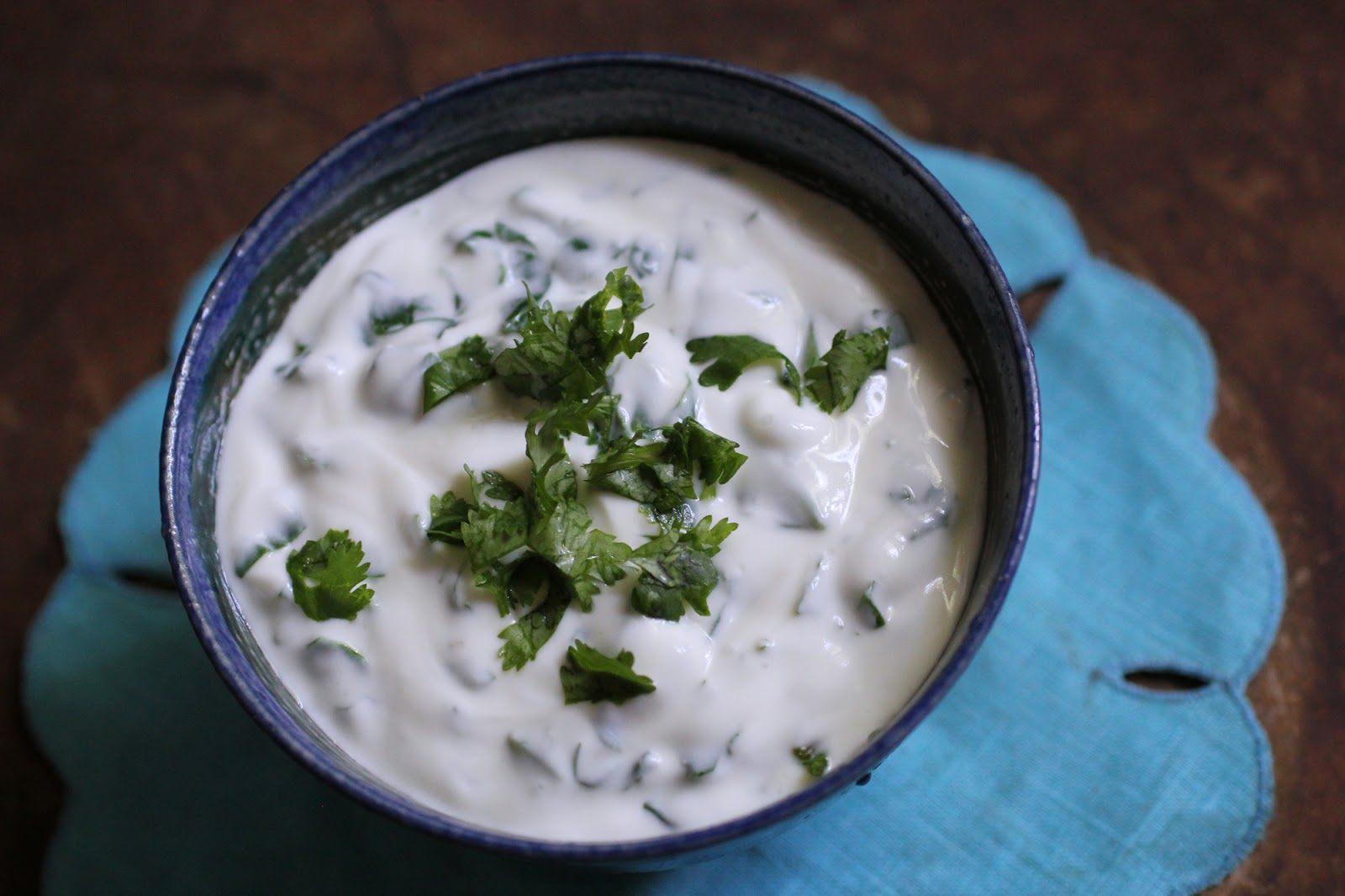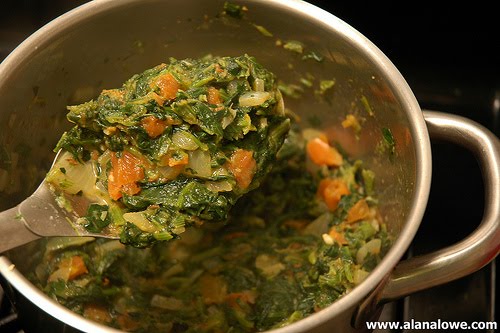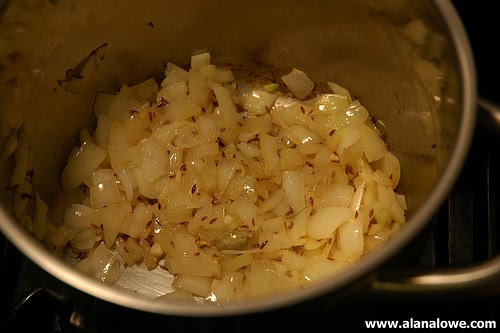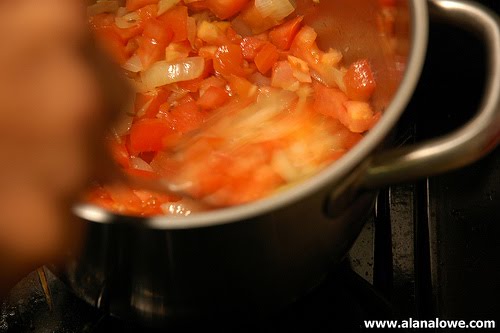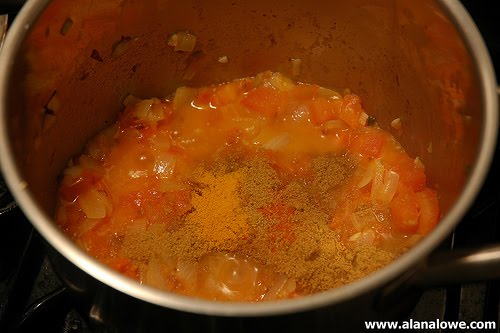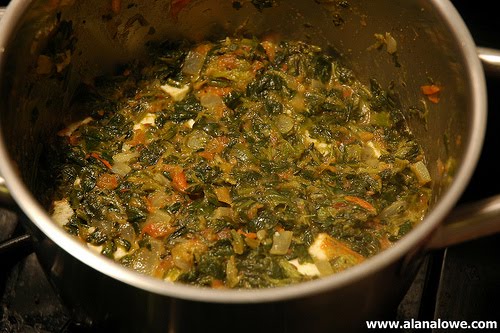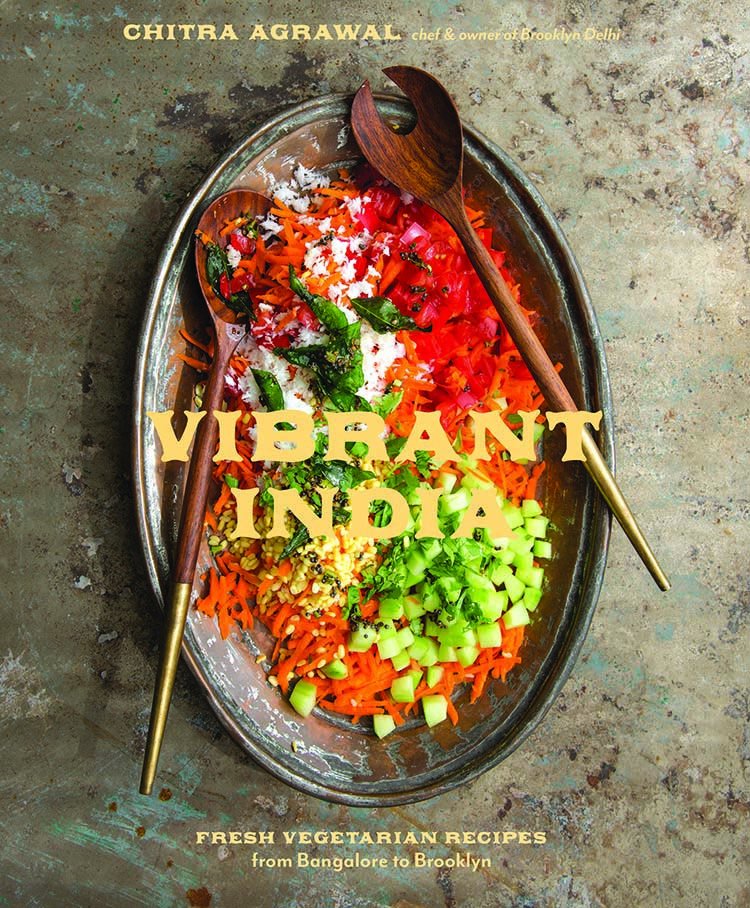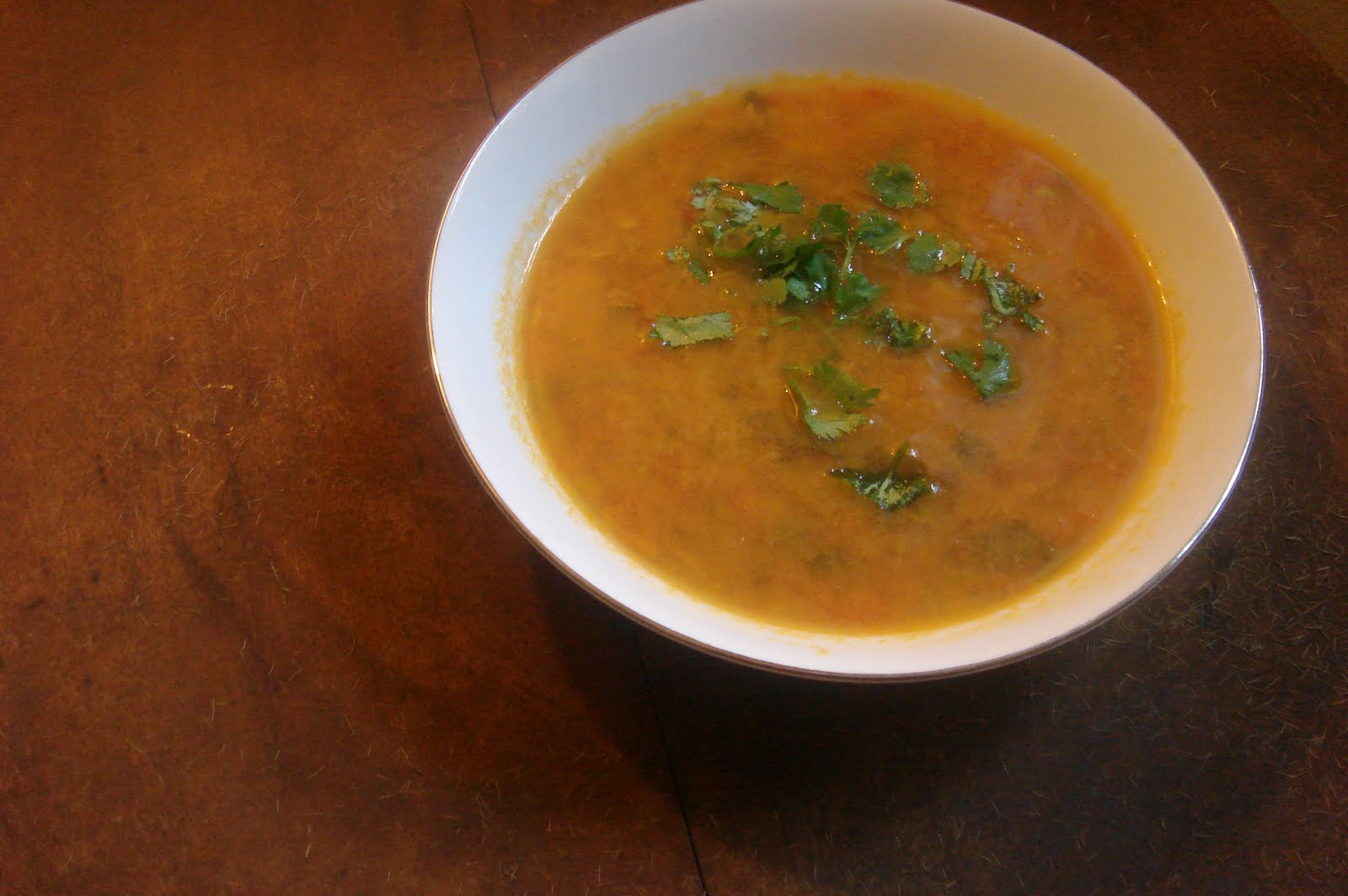
Saru, also called rasam, is a South Indian tomato lentil soup that I probably ate almost everyday growing up. It’s spicy and kind of tangy from the tomato and tamarind and also filling from the lentils. The recipe is really healthy because it does not require too much oil or butter.I can remember my mother many times cutting up heaps of tomatoes for saru and giving me a few pieces to snack on. Now I cut up heaps of tomatoes in my kitchen! Saru is also a good way to get rid of leftover cilantro stalks.
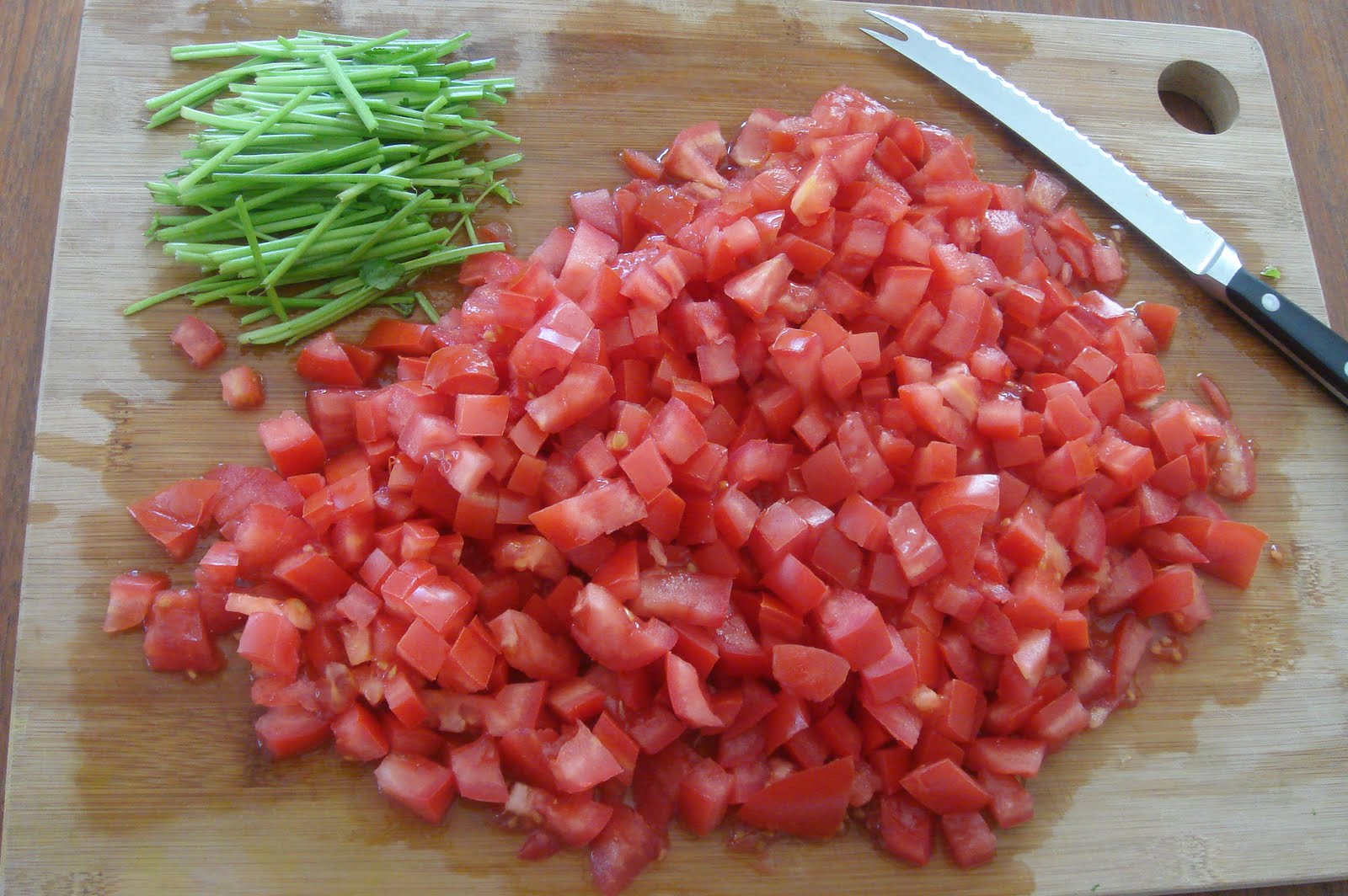
Everyone has a preference for how thin or thick they like it. I like mine medium so depending on how you like soups, you can add water accordingly. Oh yeah and the best way to eat it is on rice with some potato chips crushed over it! No one ever talks about this, but it happens in many Indian households:) Also a favorite of mine is to eat it with green beans palya.
Saru / Rasam (South Indian Tomato Lentil Soup)
Ingredients
1 cup toor dal, also called split pigeon pea – can use oily or non oily variety (Note: you can use red lentil if you don’t have a pressure cooker as it cooks much faster.)
6 cups water
1 tablespoon oil (peanut, sunflower or corn is best)
1/4 teaspoon turmeric powder
5 fresh curry leaves (optional)
bunch of cilantro stems, chopped (optional)
4 tomatoes (4 cups), chopped
(you can also use canned diced or pureed, when tomatoes are not in season)
2 teaspoons rasam powder – MTR is good brand (ingredients below)*
1/2 teaspoon tamarind paste or fresh tamarind pulp (optional if your tomatoes are super fresh and tasty)
1 teaspoon brown sugar or jaggery (unrefined sugar)
salt to taste
1 tablespoon butter
pinch of asafoetida
1/2 teaspoon cumin seed
Method
You can either cook the dal with a pressure cooker or without. If cooking without pressure, soak the dal in water for 1 to 2 hours.
Wash toor dal thoroughly in luke warm water until water is clear and oil is removed.
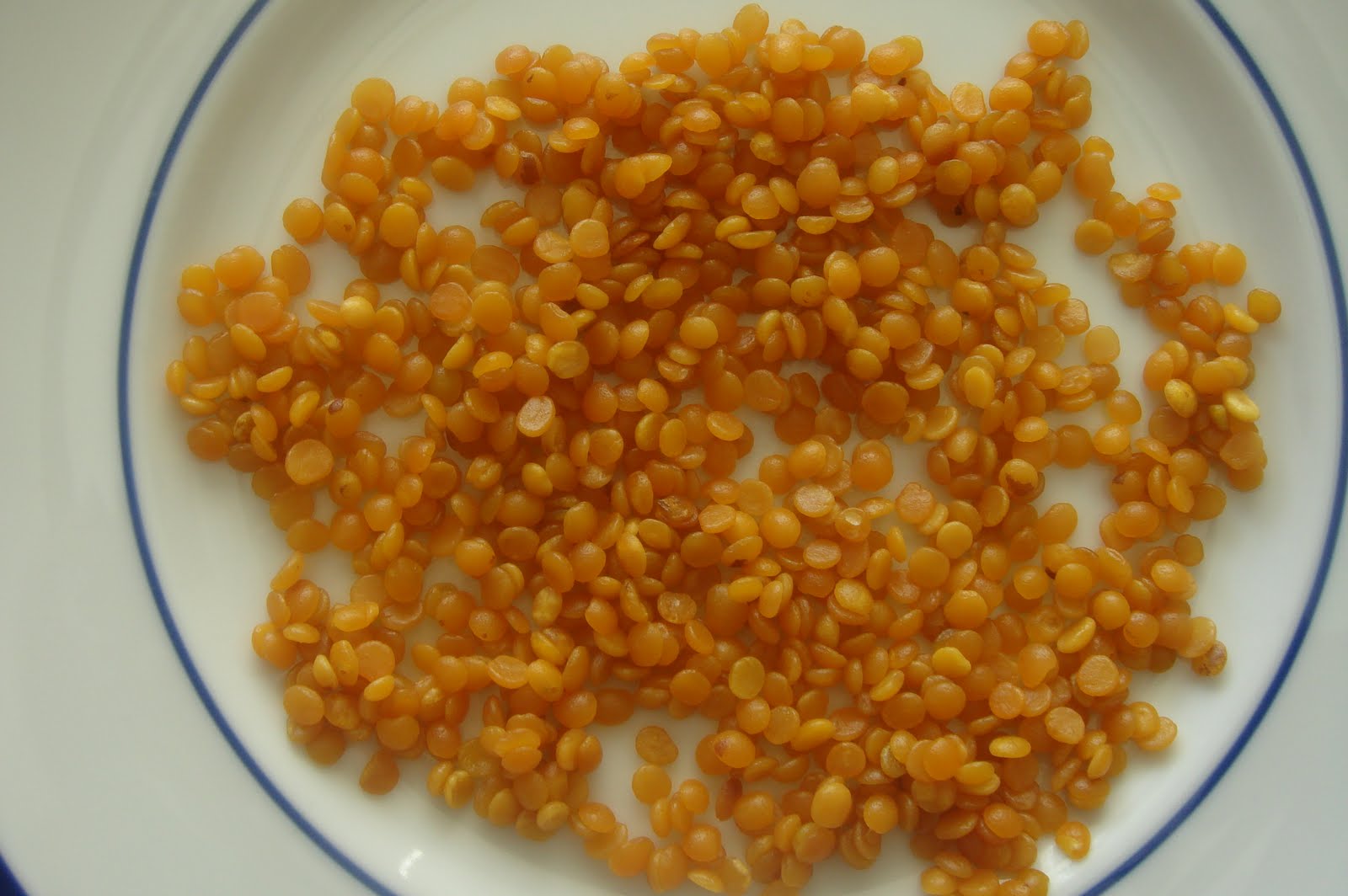
Put 6 cups of water and the dal in a pressure cooker or pot under medium high heat. This dal has a tendency to foam very much.
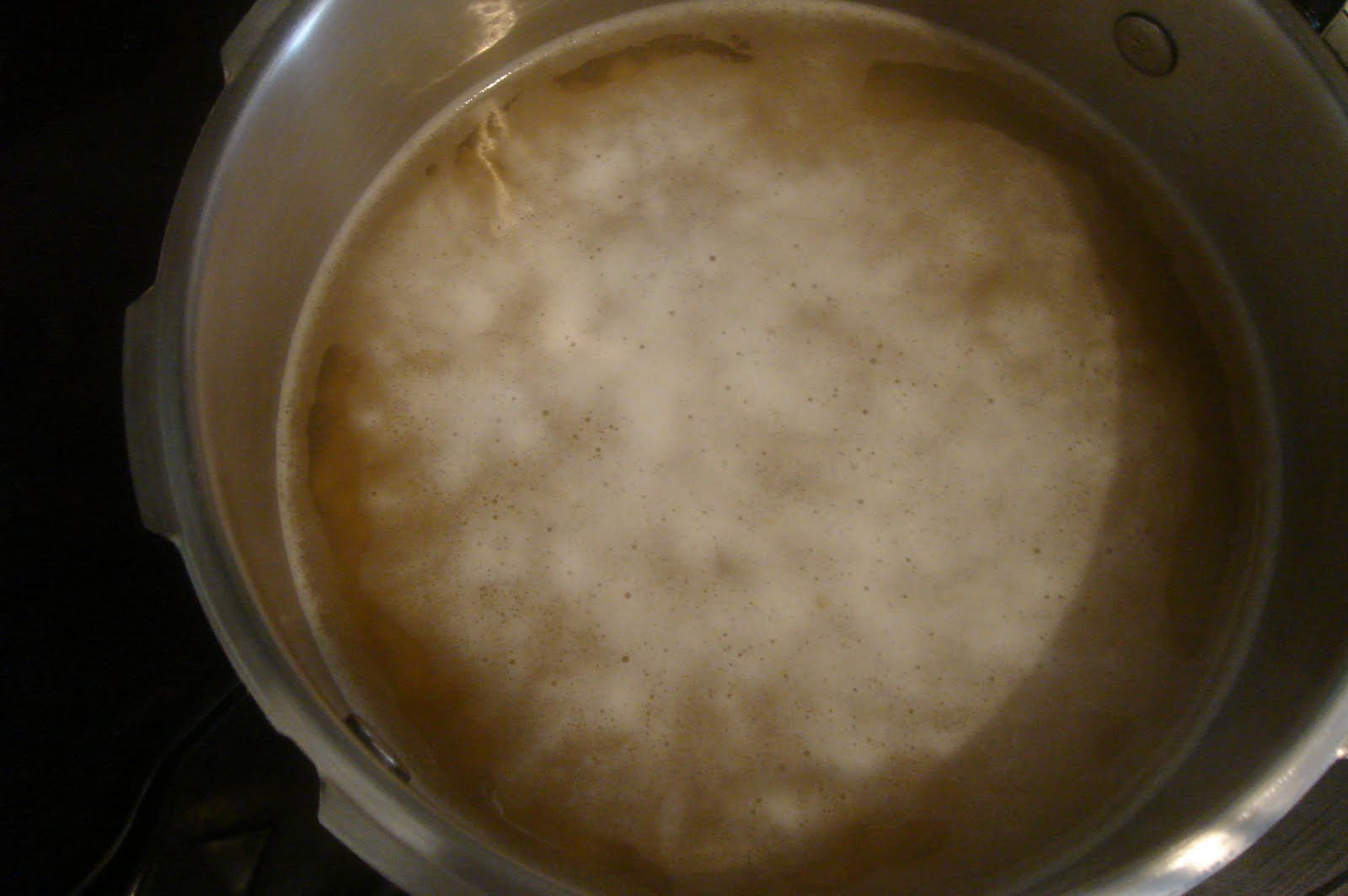
Keep removing the foam and throw it away in the sink. (You can add a bit of ginger which decreases this foaming.)
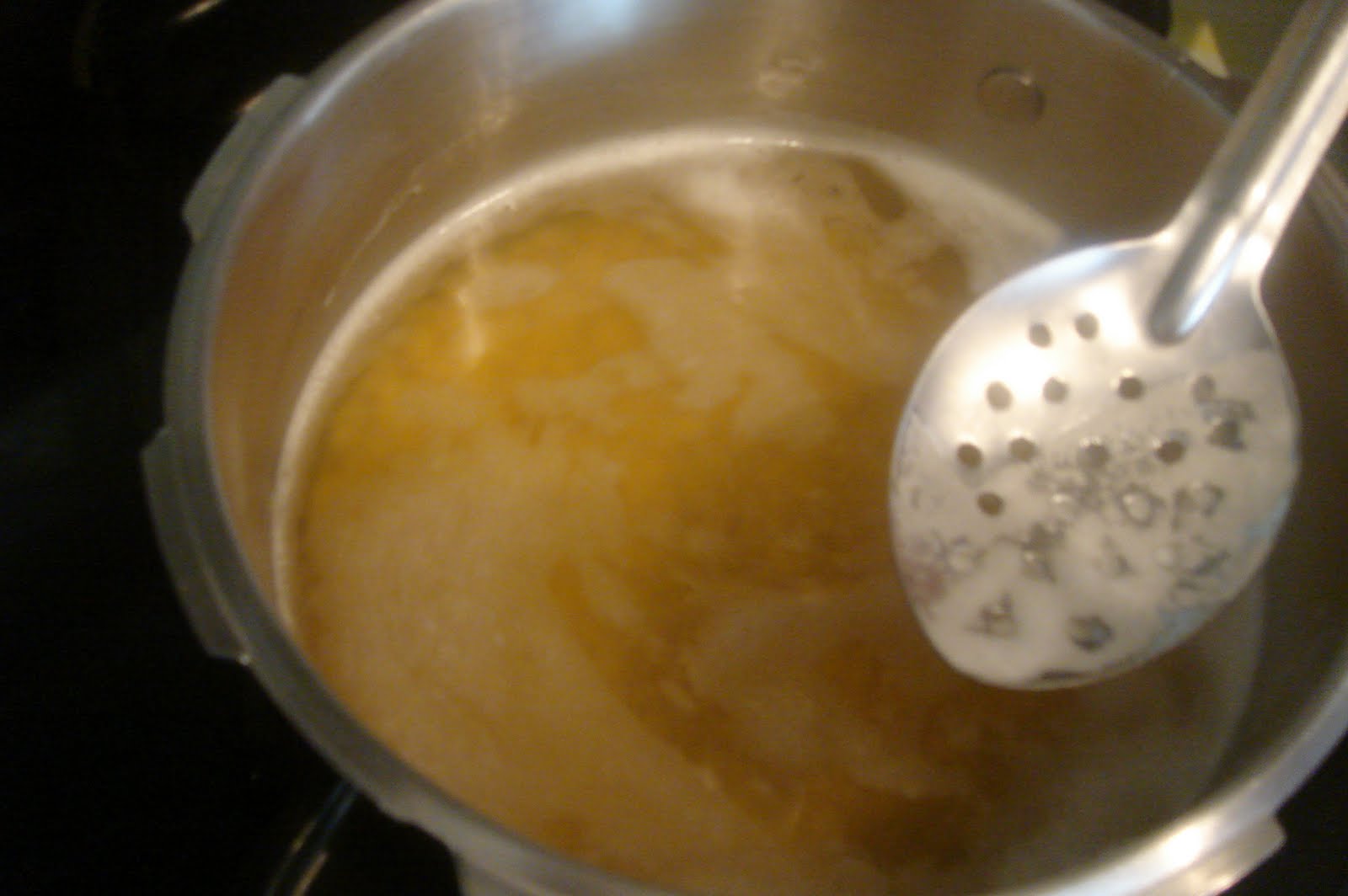
When the water is boiling and you have gotten rid of the foaminess, add the oil, turmeric,
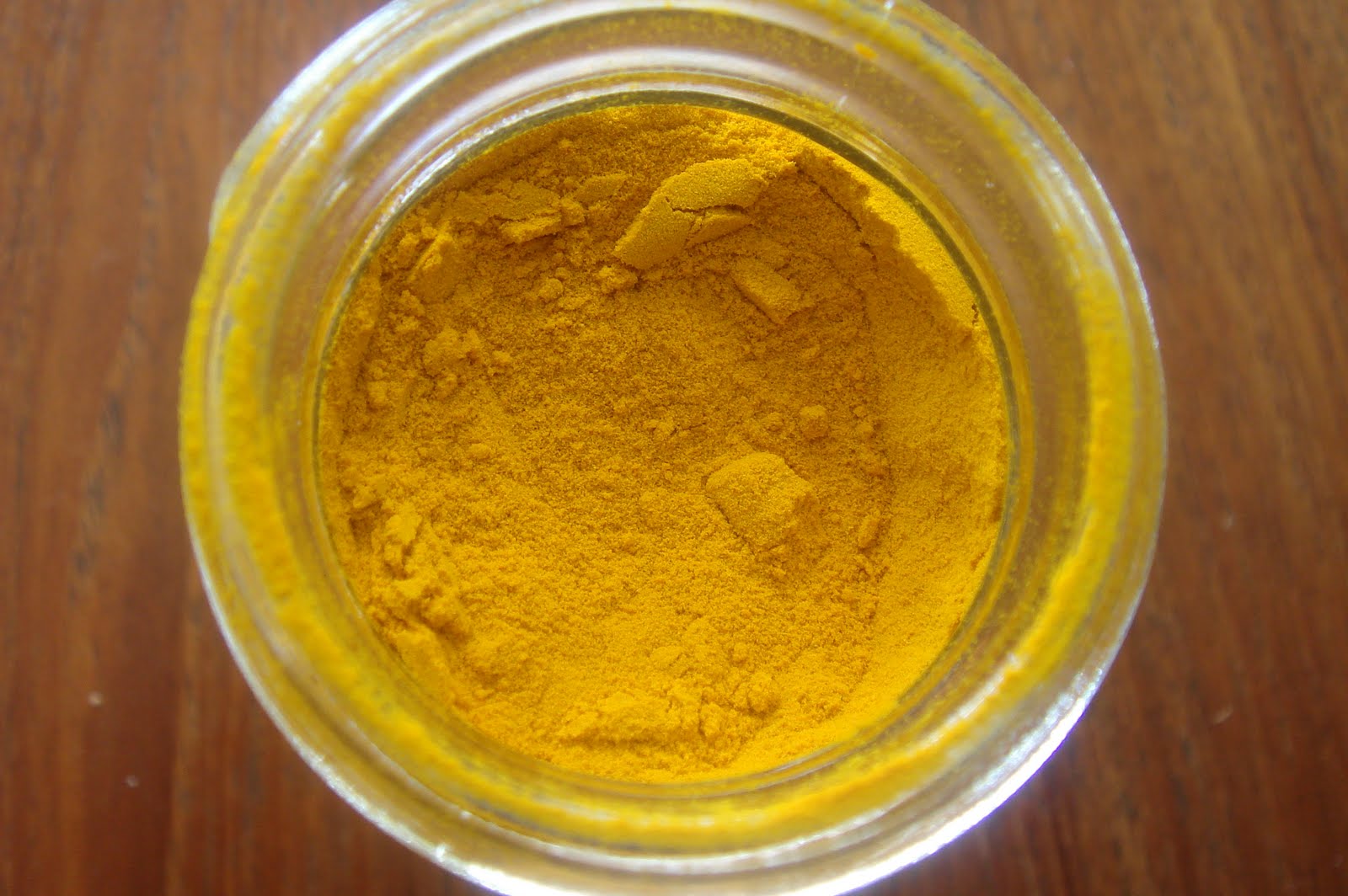
curry leaves and cilantro stems. Next add the tomatoes and mix it all up.
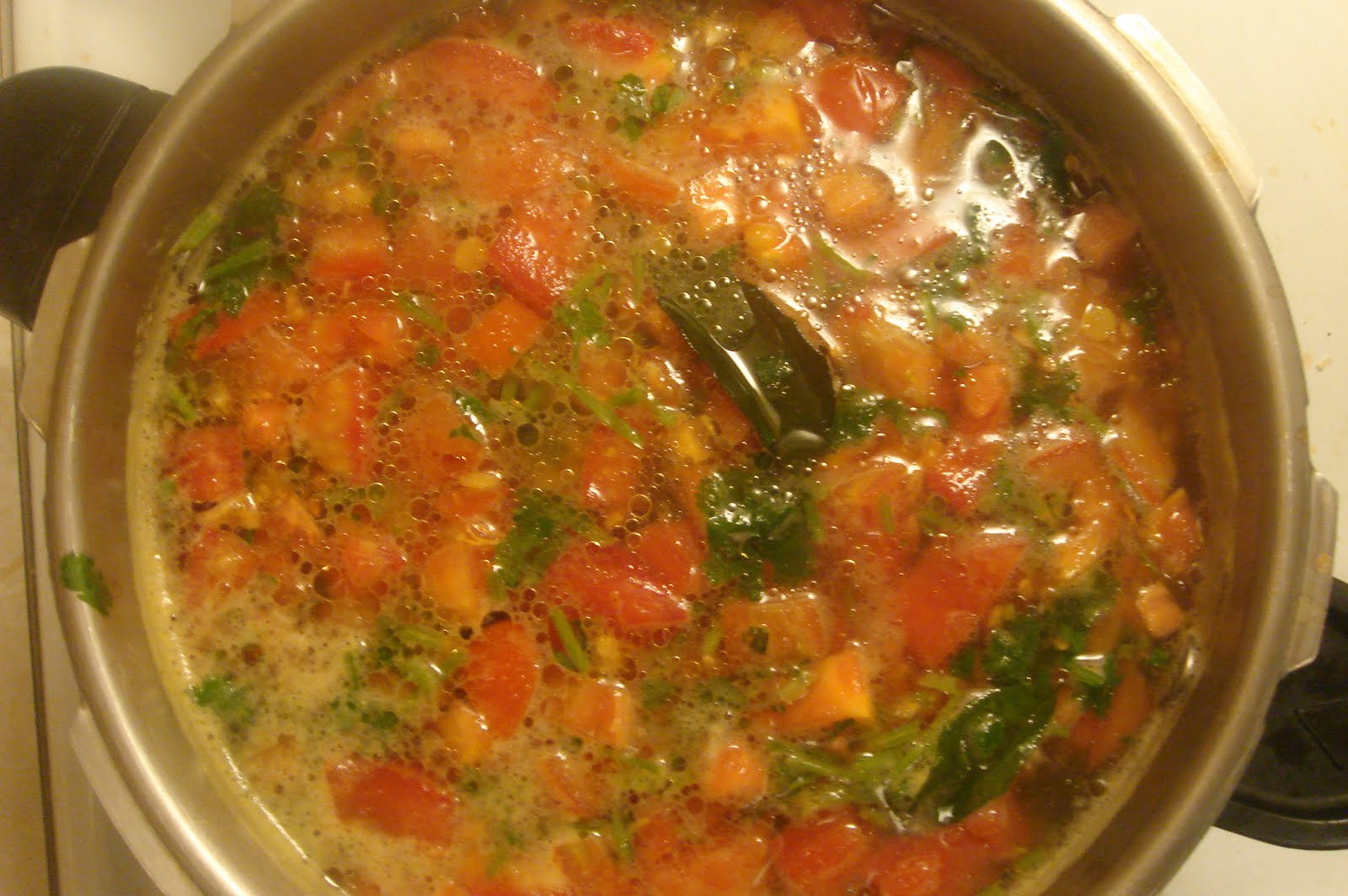
If not using a pressure cooker, place pot under a medium flame with a lid partially covering it. Check on it often so that it does not boil over. This will take about an hour for dal to get tender. (Note – you may need to add more water as needed).
If using pressure cooker, place lid on cooker, making sure that the lid is well aligned (should snap into place). After a couple of minutes, steam starts to ooze out of the nozzle at the top. (If you don’t go thru the ritual of throwing away the foam in the beginning, you will encounter a messy situation at this point). Now, place the pressure cooker stopper over the steaming nozzle.
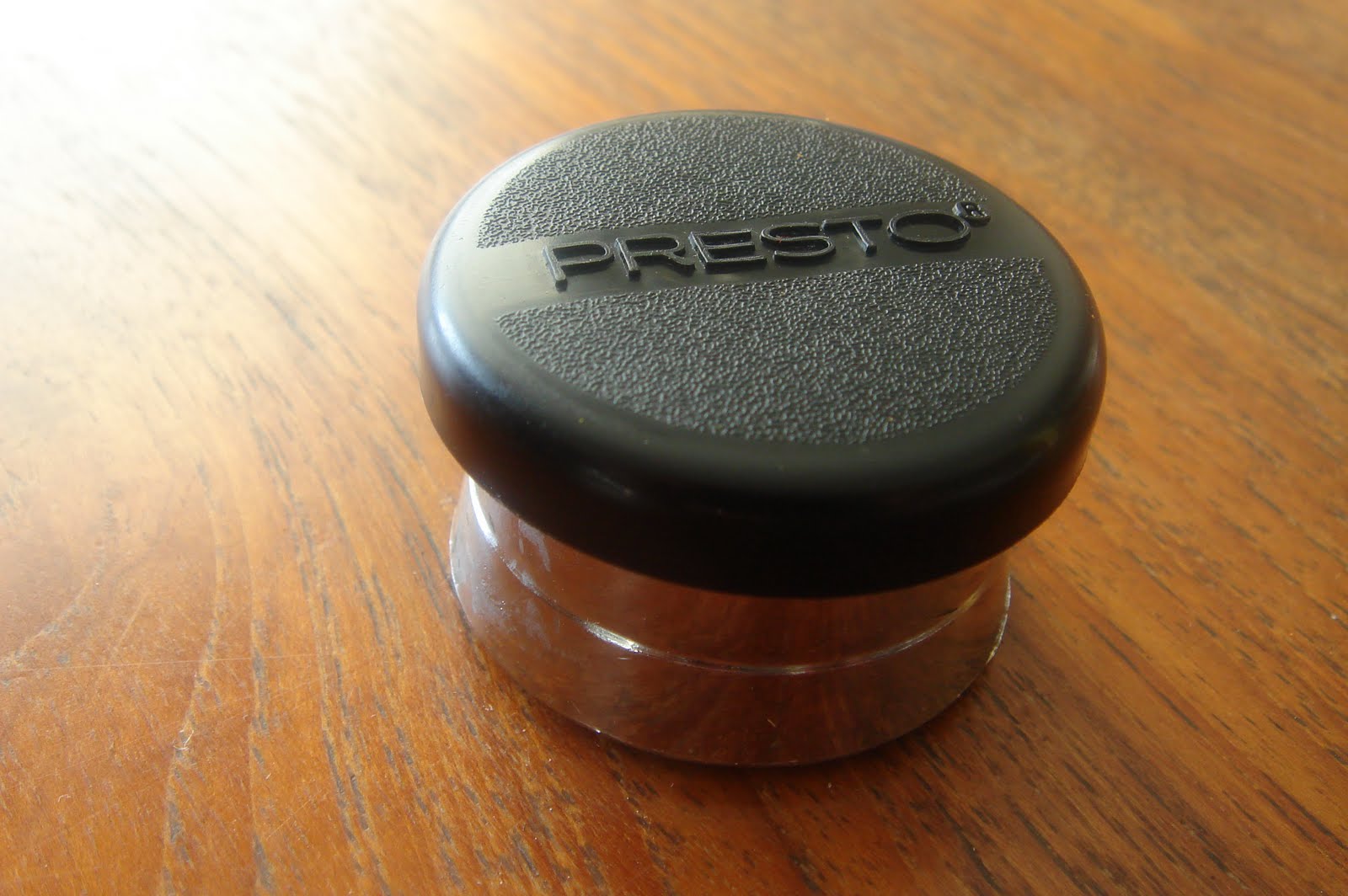
Keep the heat at medium. The stopper will start to rock. Let it rock for 8 minutes and then turn off burner and remove from heat. (Timing varies on pressure cookers so if your lentils are not completely soft, you can just continue to cook them until tender.)
After about 15-20 minutes, you will notice that when you tilt the weight a bit, no more steam comes out. The pressure valve also should not be sticking up anymore. This is an indication that its safe to open the cooker after removing the weight. If you find that the steam is coming out too much, then wait a few more minutes until no steam comes out.
If you are using tamarind pulp as opposed to tamarind paste, break off lime size ball of tamarind and submerge it in warm water for about 15 minutes. Then press the softened pulp and liquid through a strainer over a bowl to separate the usable diluted pulp from the seeds and fibers. Set aside. Tamarind looks like this, white part is the fiber, brown is the tamarind pulp:
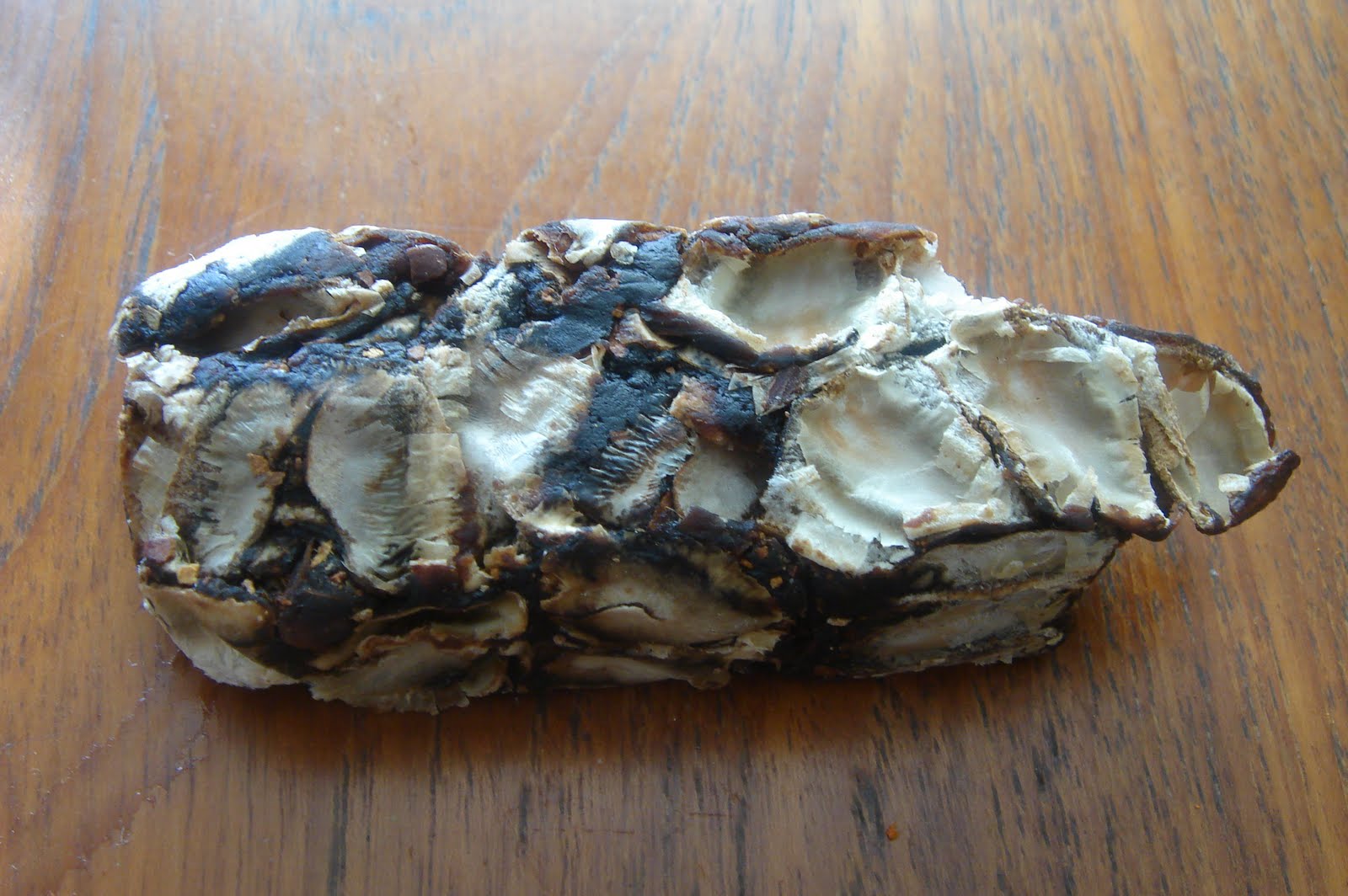
If using tamarind paste, Tamcon is a popular brand:
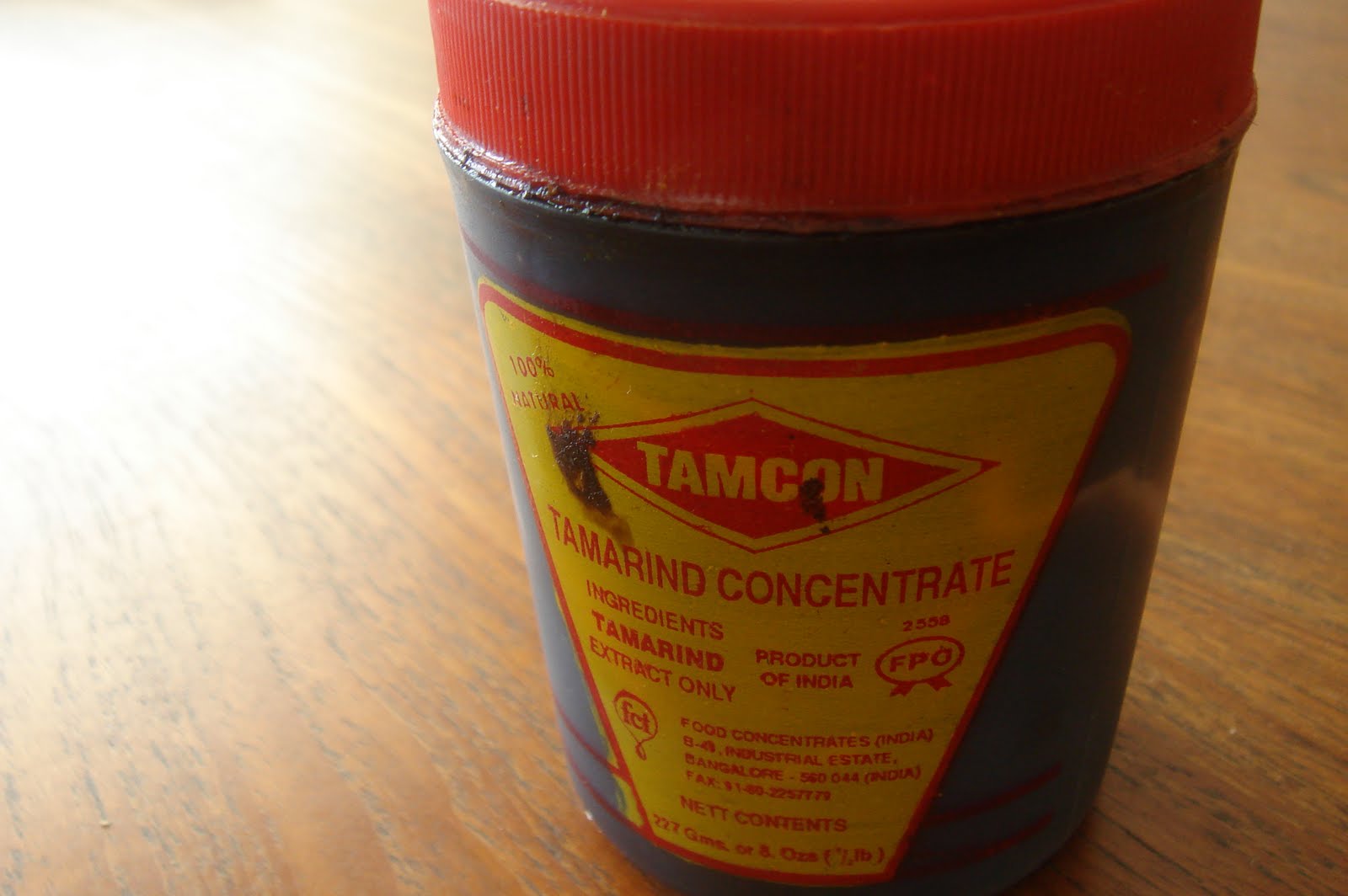
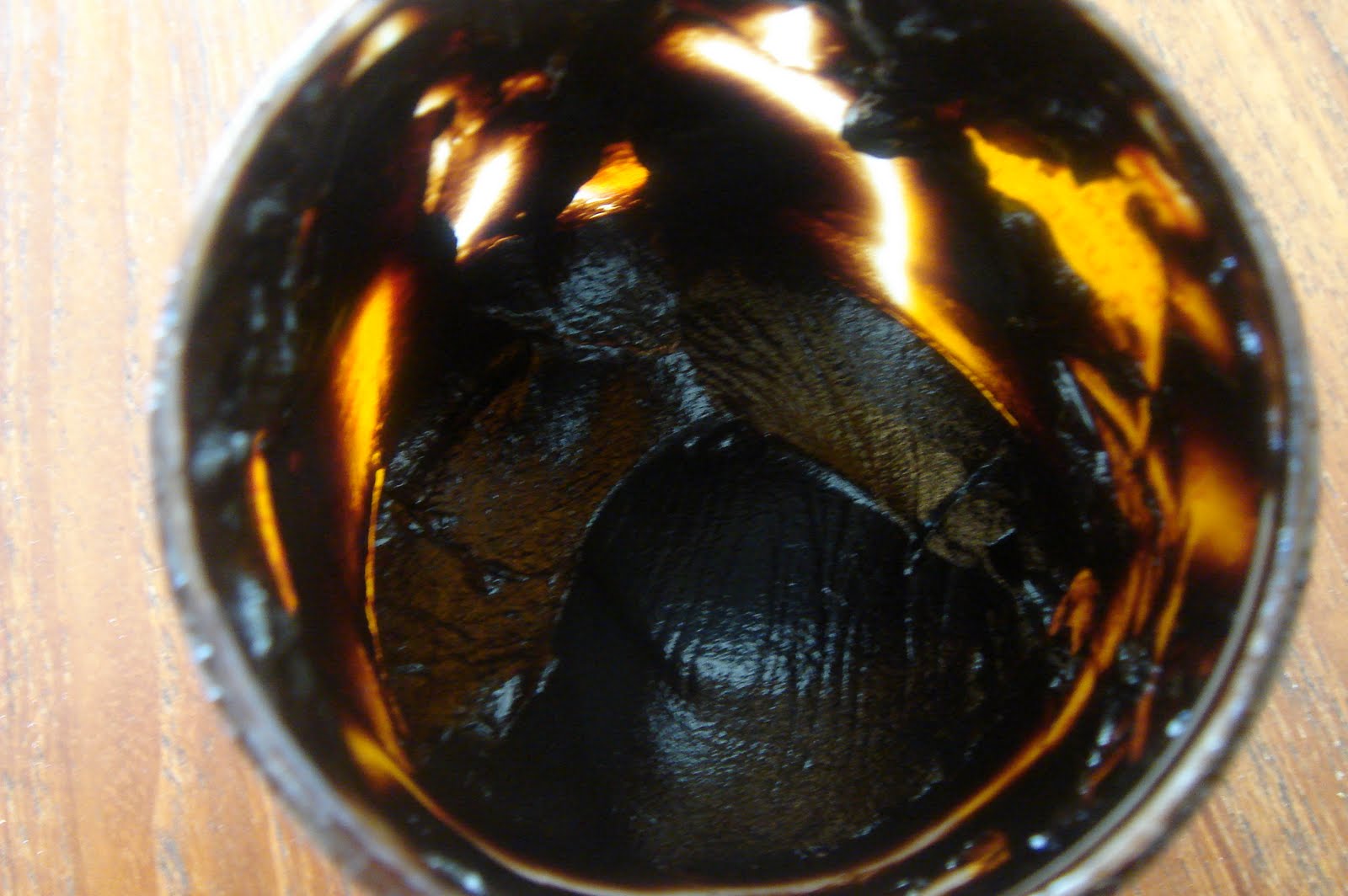
After you open the pressure cooker lid or when the dal is finished cooking add the rasam powder.
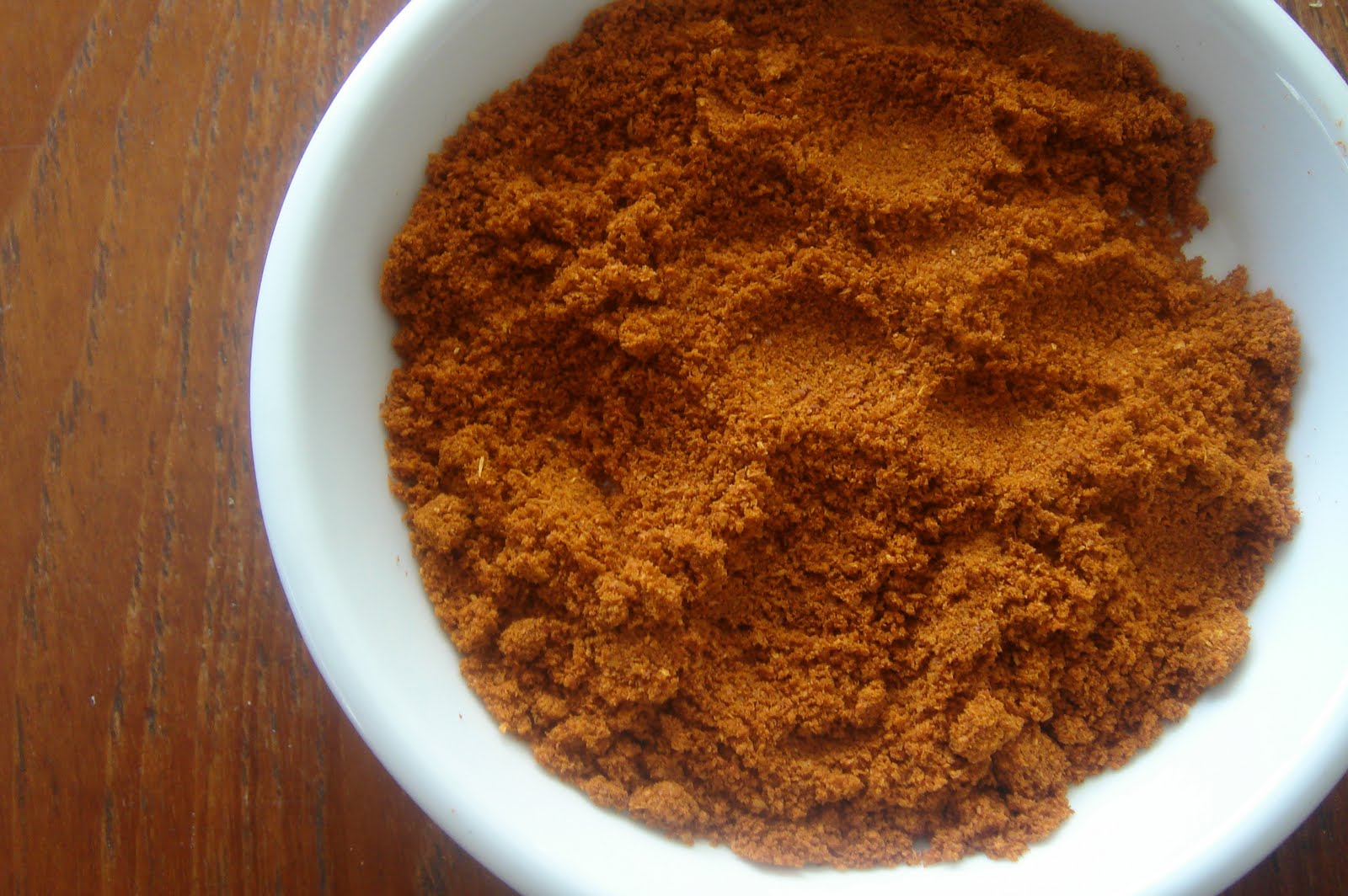
Put the cooker or pot on medium heat and let it boil open. Make sure that the powder is homogeneously mixed and that there are no lumps. Let it boil to a golden brown color ~ 15 minutes.
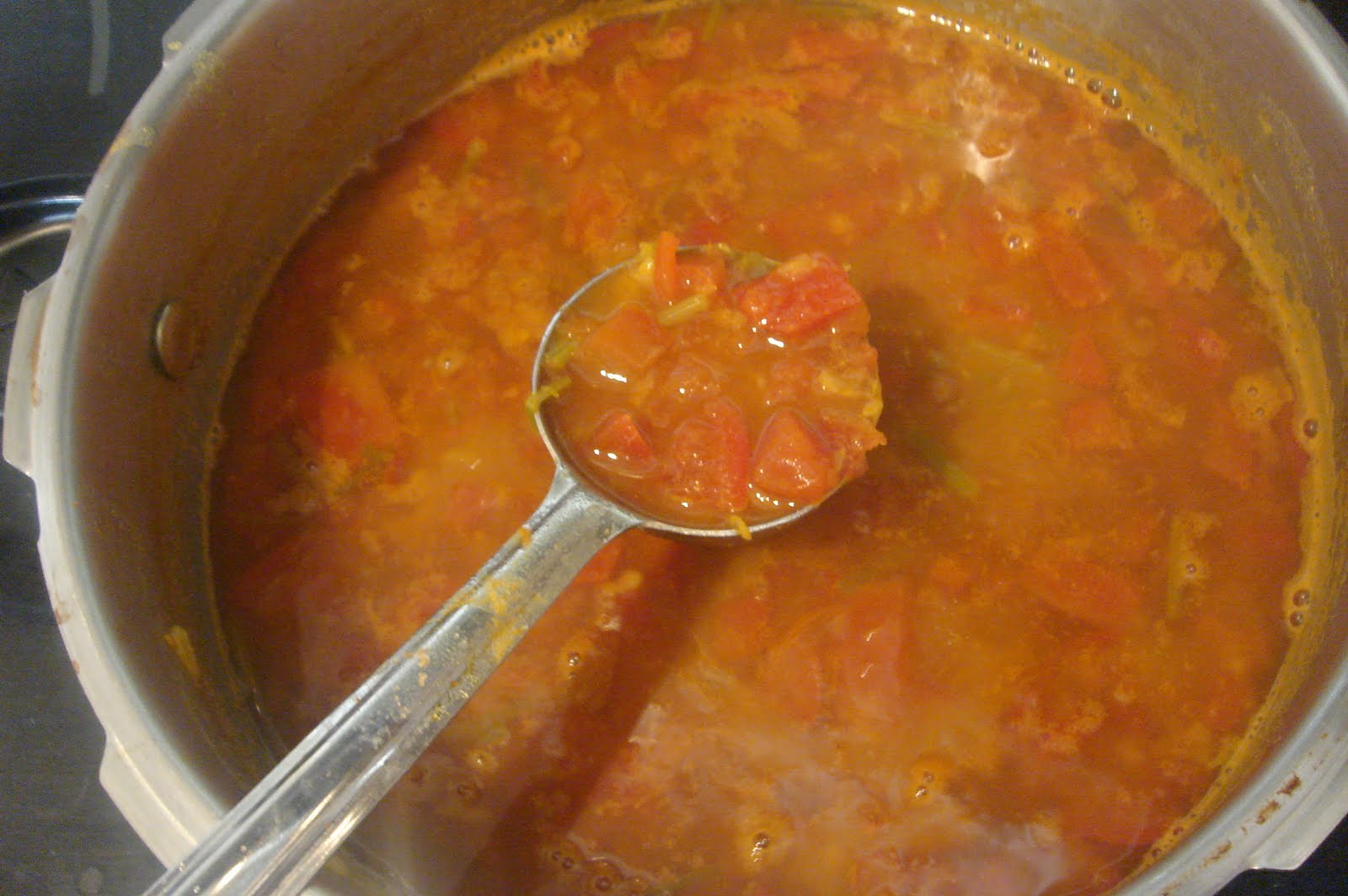
Add tamarind paste or pulp.
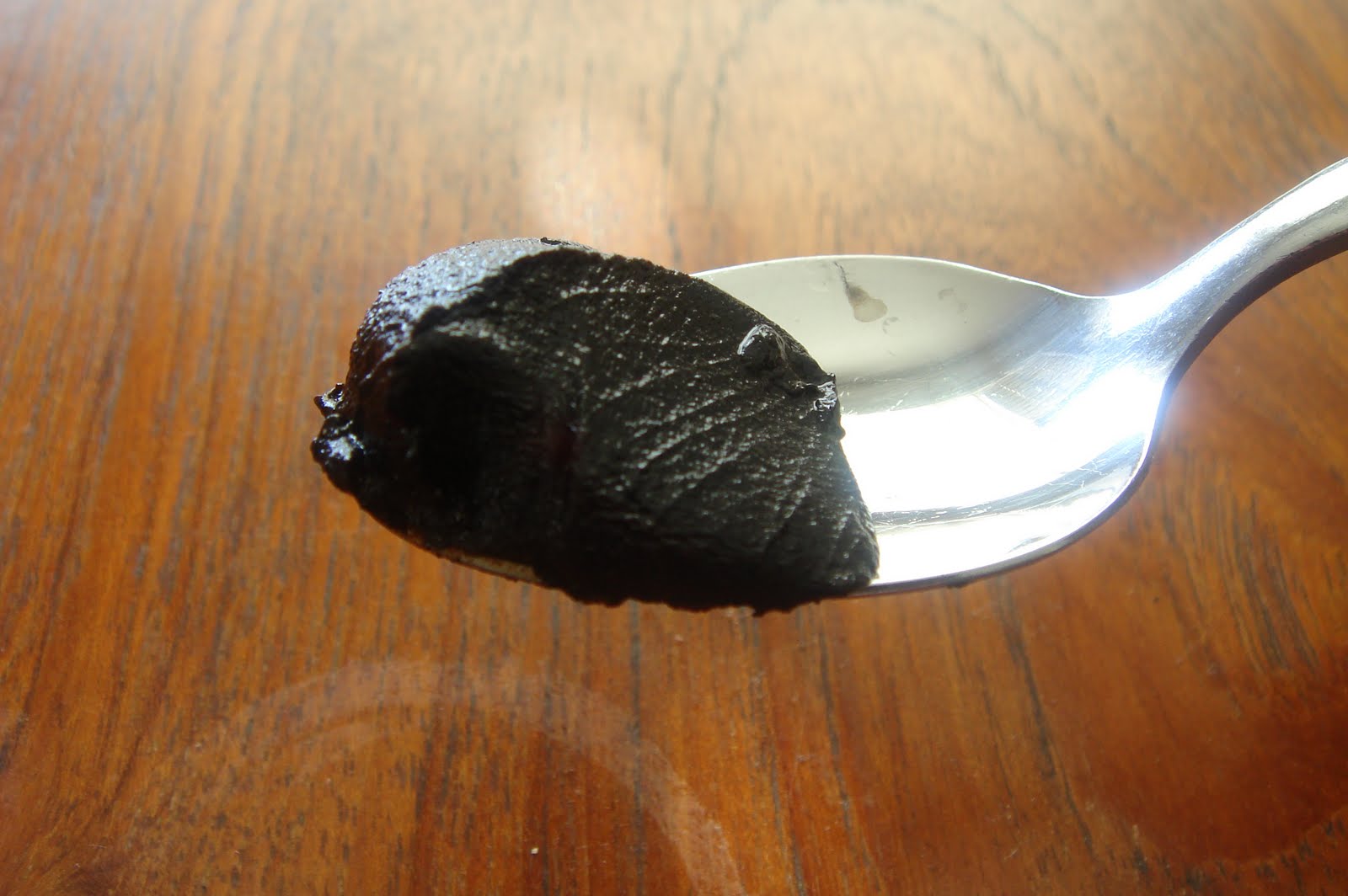
Add brown sugar or
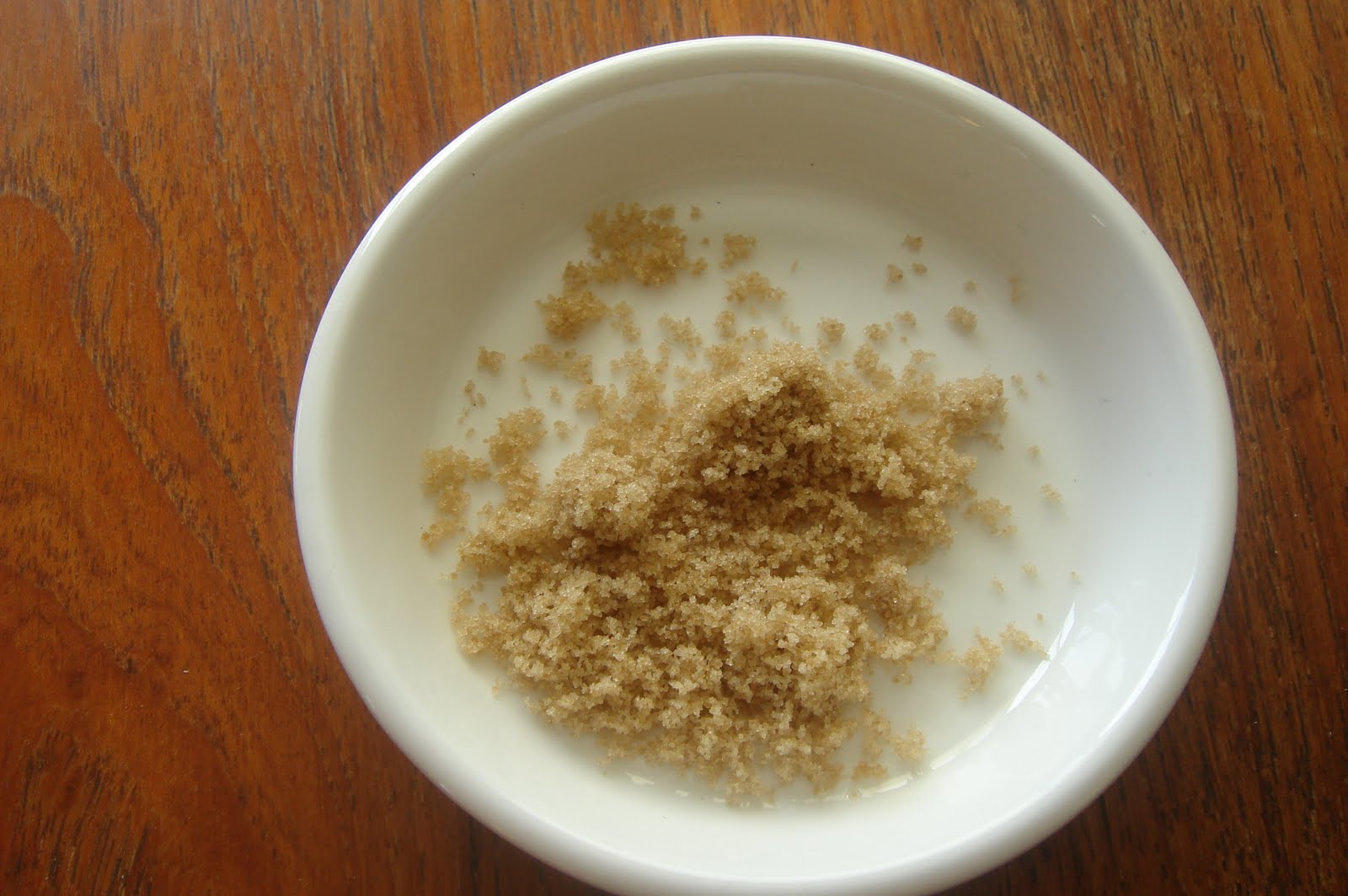
jaggery and some salt to taste. This is jaggery – it’s concentrated cane juice and it’s actually a sweetener that is good for your body since it’s so unprocessed. If you can get some at an Indian store, definitely use it instead of the sugar. Also try it raw. It is so good, you won’t want to eat sugar again:
Let it all boil. If you have a mechanical egg beater, you can use it to mix the whole thing as its boiling in the pressure cooker. After saru has come to a boil for 5 minutes, remove from heat.
In a small pan take 1 tablespoon of butter and heat it under a medium flame. Add asafoetida and cumin seed. When the cumin seed is golden brown and fragrant, pour over the saru. Add cilantro for garnish.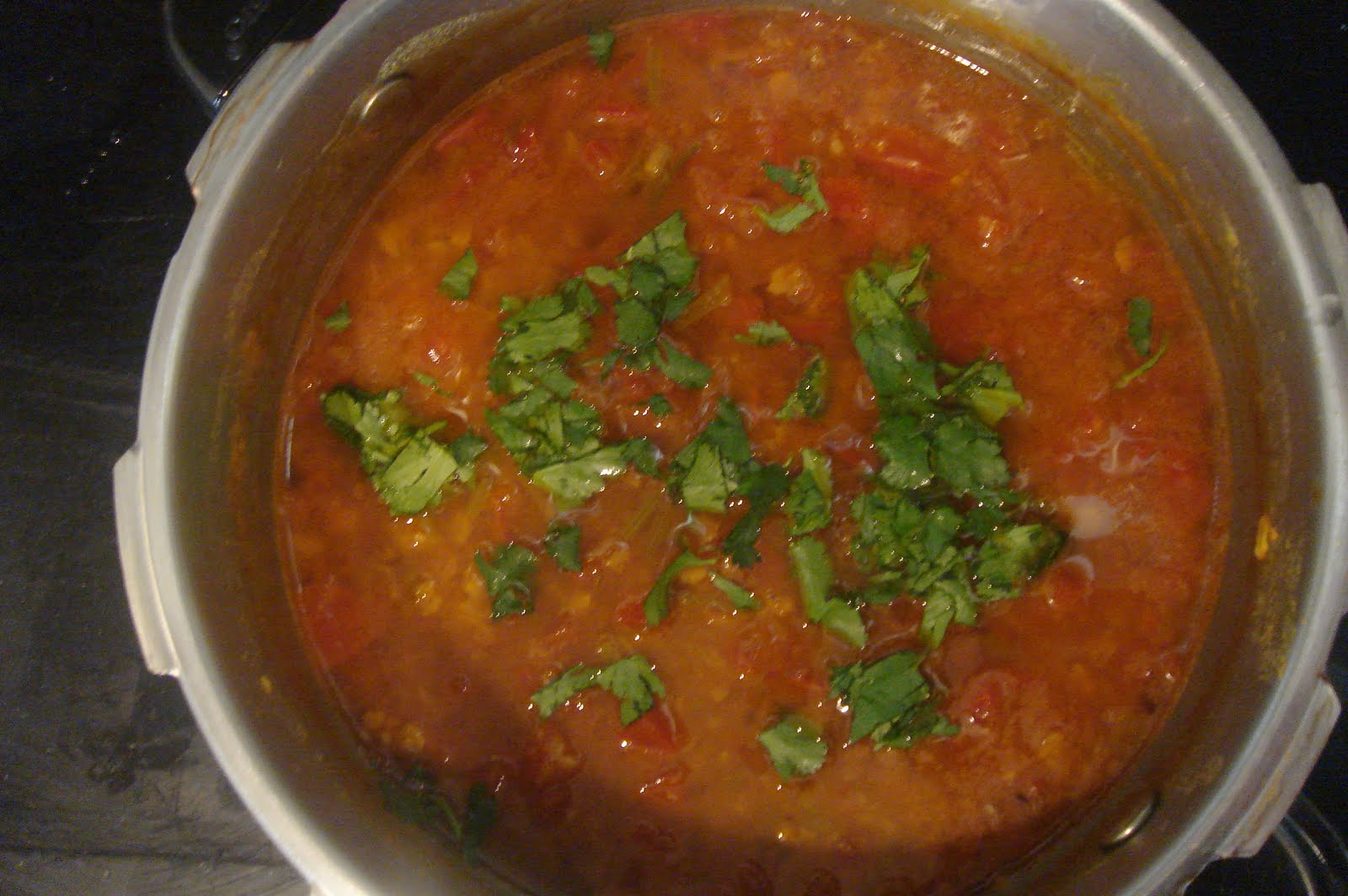 *rasam powder is made from red chilli, coriander seed, black pepper, fenugreek seed, cumin, mustard seed, asafoetida
*rasam powder is made from red chilli, coriander seed, black pepper, fenugreek seed, cumin, mustard seed, asafoetida
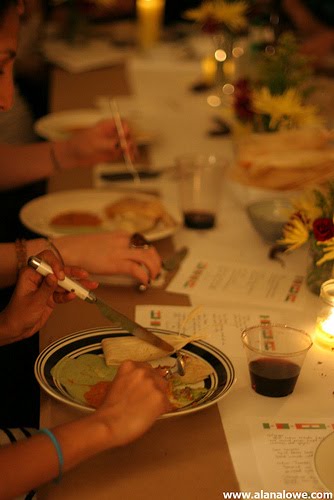






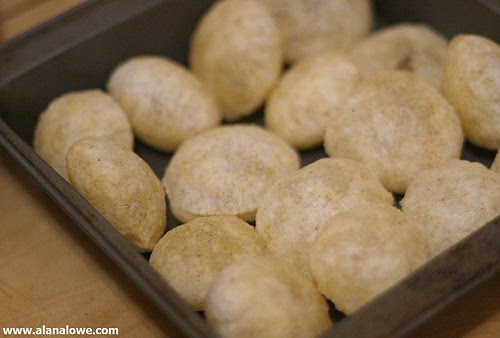
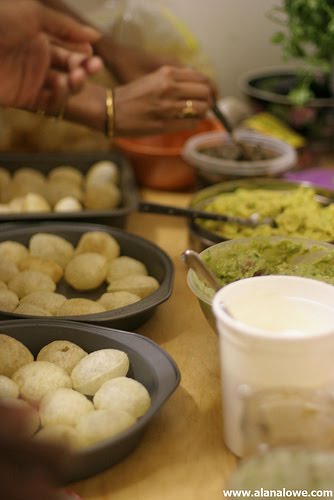

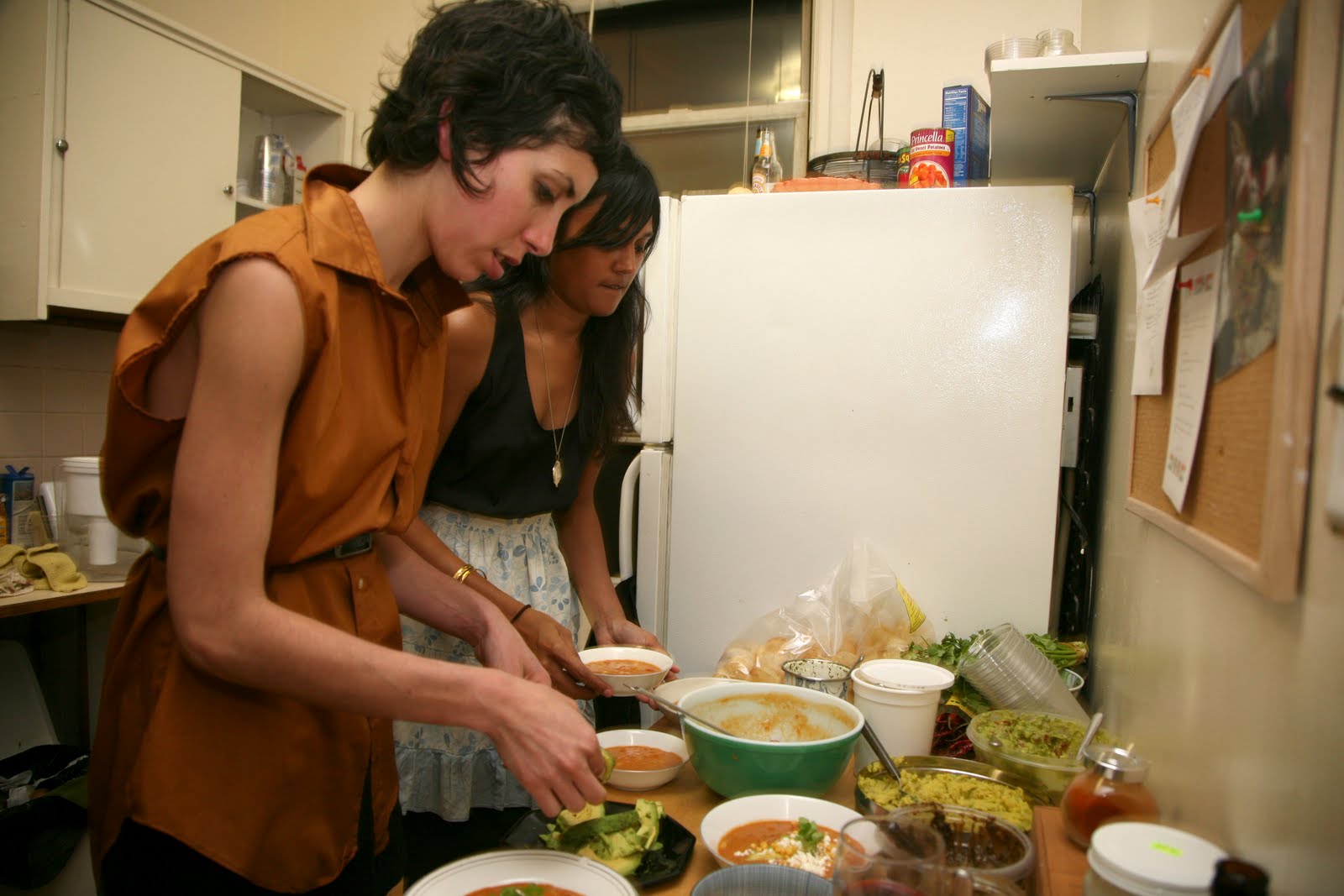
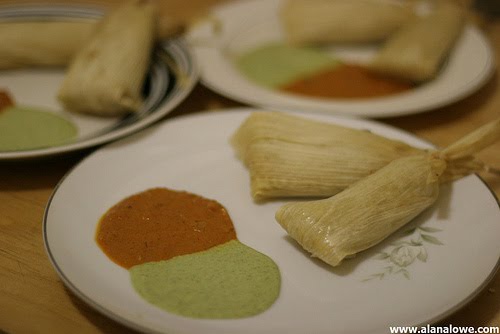
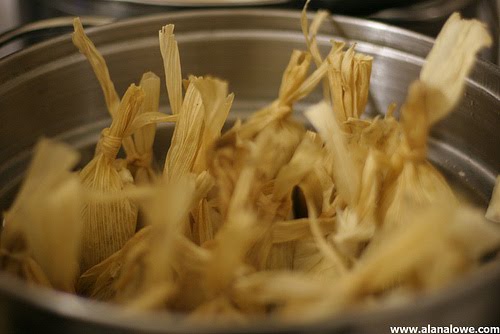


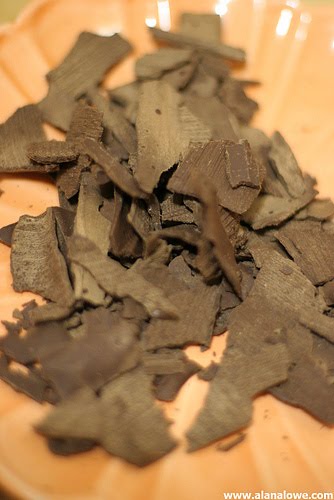
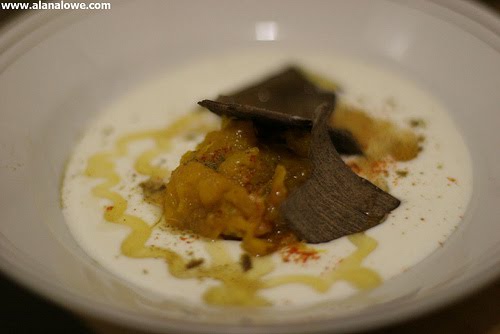


 Follow
Follow
